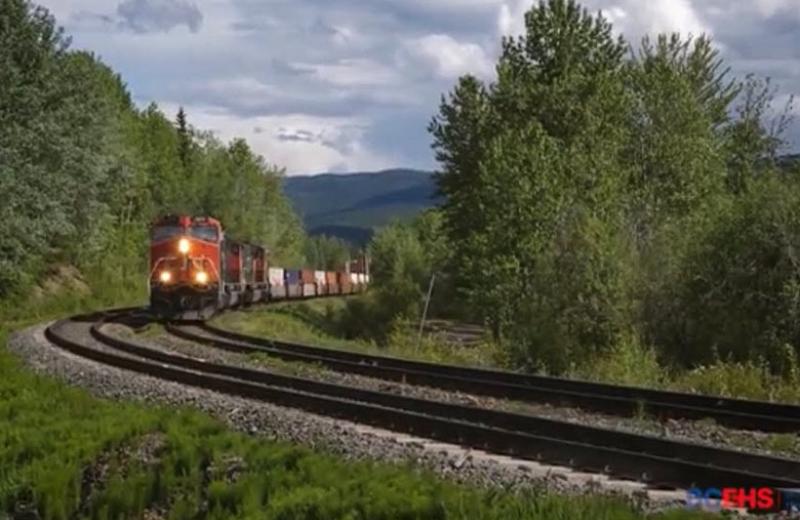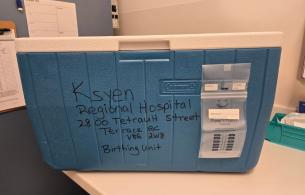Increase access to care
Community paramedics are changing patient care in some communities in Northern Health. They’re helping increase access to basic health care services in non-urgent settings, in patients’ homes, or in the community. Throughout Northern Health, 26 communities have community paramedics helping patients.
Patients can see a community paramedic if they’re referred to them by their doctor or health care team, or when they’re discharged from the hospital.
Community paramedics are employed by BC Emergency Health Services, but they work very closely with the teams of health care professionals in the community.
In Fort St. James, the “biggest positive is she [the community paramedic] works really well and has a positive relationship with the First Nations bands. She’s a great liaison for information and understanding their culture,” says Cathy York, team lead for Fort St. James.
The health care team and the community paramedic in Fort St. James are encouraged to share information and they all have a great working relationship. The community paramedic does a lot with the First Nations bands on naloxone training for overdose prevention, and also educates people on diabetes, chronic obstructive pulmonary disease (COPD), and heart disease. She’s also starting to work with local schools to do naloxone training.
Fraser Lake saw benefits when the first community paramedic started. At the time, they were short on nurses, so it was difficult for them to have eyes on some of the people they were concerned about in the community.
“We’re so thrilled to have the program start here, and the paramedics are such an asset to the team,” says Lora Lee Pacheco, team lead for Fraser Lake.
The community paramedic attends team meetings (called “huddles”) in Fraser Lake, which has helped close loops and encourage open communication. If there’s a concern with a patient, the community paramedic will bring it up to the team and sometimes suggest that the physician pay a home visit. They’re proactive in their care and address people’s health concerns early on.
“For example, a man used to come in every second week to the doctor’s office and was going to the hospital once a month. Now, because of the home visits of the community paramedic, he hasn’t been in the hospital since July,” says Lora Lee. “It just goes to show how important it is to check in on people and how far this program goes to prevent hospital admissions.”
Fraser Lake’s community paramedic has also taken over naloxone and CPR training in the community itself, as well as in surrounding First Nations communities. To save time, she’s also spending 1-2 hours a week at the Autumn Services Centre to follow up with people she would normally do a home visit with.
In Burns Lake, the community paramedic started only a few months ago. Since then, the team has found that he’s able to catch concerns with patients earlier on than if they waited to see their doctor. To help prevent crises, he’ll bring patients with any concerns directly to the health care team – another great example of how community paramedics are partnering with Northern Health and the local community health care teams to provide better patient care.














Comments